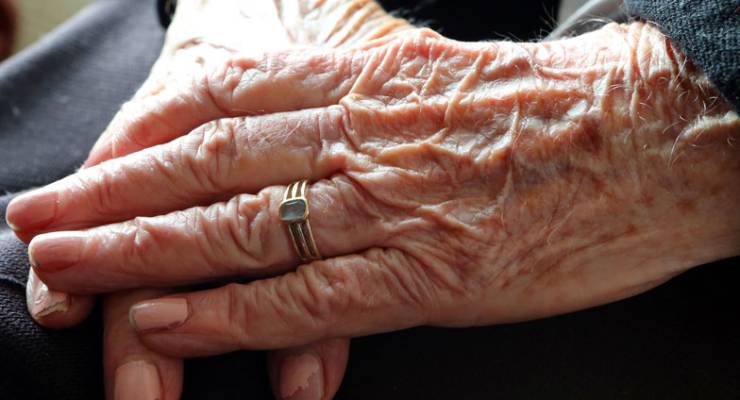
Aged care services will be a significant casualty of the budget savings list, with the government taking aim at faster-than-expected growth in aged care funding via cuts to the Aged Care Funding Instrument (ACFI), worth $1.2 billion over four years.
The savings come on top of cuts in last December’s MYEFO worth $472 million.
The Aged Care Funding Instrument is a scoring mechanism used to assess the level of funding for providers of aged care funding per patient. The government complained back in MYEFO that it had had to make “an upwards estimates variation of approximately $1 billion over the forward estimates to reflect the higher than expected ACFI outlays in the 2014-15 year” and that it would “continue to monitor growth in the 2015-16 year to determine if growth is continuing and if further variations or other measures are required”. That variance has now arrived, courtesy of a massive new cut that will reduce funding by $119 million in 2016-17, with the cut growing by approximately the same amount each year across forward estimates.
The government is also going to reduce the indexation of one of the most expensive elements of the instrument, the complex health care component, by 50%. The cuts will also affect the Department of Veterans’ Affairs, which will lose more than $100 million over four years.
The cuts are politically risky for the government. Before the 2013 election Tony Abbott, unusually, declined to exploit Labor’s Productivity Commission-driven overhaul of aged care funding arrangements and ended up essentially on a unity ticket with Labor on changes that increased greater flexibility and client control over funding while further opening the way to funding mechanisms like reverse mortgages. Aged care was also, problematically, detached from its traditional home in the Health portfolio, until Health Minister Sussan Ley cleverly seized it back following the Turnbull ascension.
While the savings have ostensibly been reallocated elsewhere within the Health portfolio (think that additional health funding the government agreed with the states recently), it leaves the government open to a Labor campaign around aged care that might prove potent among older voters and families with relatives in aged care. Watch this particular space.








If the Govt wishes not, the means for the aged to buy bread – – – – then at least politicians should muster courage of their convictions, and allow euthanasia!
Perhaps they could legislate for euthanasia and charge a huge licence fee for access to the right drugs?
Aged care facilities have some similarity to battery caged hens. Keep the oldies alive at lowest cost to get a guaranteed Commonwealth funding stream.